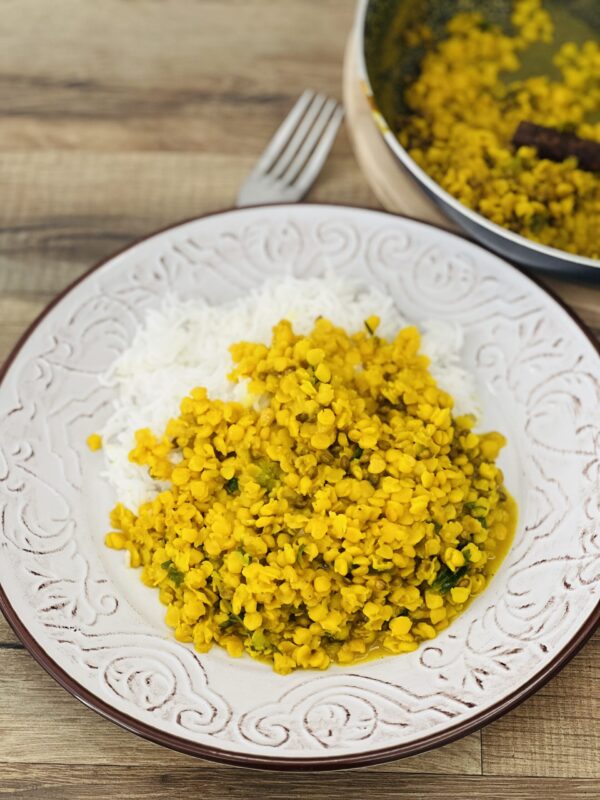Information


A Vata pacifying diet must provide this Ayurvedic body type nourishment and warmth. As its qualities are dry, cold, light, rough and changeable due to its elements air and space Vata needs a daily meal lifestyle which balances out these qualities. Adding the appropriate Vata pacifying spices will also help with a balanced digestion, but it’s always important to follow a consistent, nourishing meal plan.
Ideally people with a Vata predominant body type should have three meals a day which are slightly heavier in quality (not processed or fatty). These would-be foods that give the body a nurturing feel, like well cooked, hearty meals. As Vata also represents movement and change, providing the body with a consistent daily meal routine is vital for its digestion and grounding.
Start your day with a glass of hot water with ginger and lemon. Ginger has a lovely warming effect on the body which will help for the Vata digestion as it is often dry and cold, leading towards constipation. Another great benefit of ginger is that it is a carminative, meaning that it helps relieve gas from the stomach and intestines. It’s also a good idea to sip hot water with ginger throughout the day.
The Vata appetite is unpredictable and changeable. Because of this, those with a predominant Vata body type can sometimes feel like breakfast, whilst other times not. This is of course also greatly influenced by their slow and dry digestion. If the food is not digested properly from the body, it’s evident that the appetite will be influenced. For breakfast, it’s always important to nourish your Vata dosha. Think of meals that are warming and slightly heavy in quality, but always it is preferred quite fresh. Some good options are: avocado on toast (wholegrain bread is indicated), eggs on toast or a bowl of porridge with berries
As their appetite is quite sporadic, even if you don’t feel like having lunch or you have a busy day, it’s important to stick to having your lunch at an appropriate hour daily. This is needed to create a balanced digestion. For lunch, a delicious bowl of soup would be a great idea. Such a dish would continue to add more warmth to the Vata digestion and some moisture to its dry quality. A liquid lunch is also much easier to digest than solid foods and can cause less bloating or gas, something that Vatas often do experience. Some options for the soup could be a mix of vegetables that are Vata pacifying, or a creamy soup with lentils, butternut squash, or sweet potato.
A warming, hearty meal would work wonders for Vatas, but it’s important not to eat too late. It takes the body some time to digest the meals, depending on what the food is. So eating before 7pm is indicated and this will give your body enough time to digest it. Stir fry or steamed vegetables with brown rice or quinoa would be a good option. Because the Vata digestion is quite weak, always try to cook your vegetables like a stir fry or steaming them. They will become easier to digest. Using sesame oil or ghee for cooking your food will also help with your Vata type digestion.
Most nuts are suited for Vata dosha. Strawberries are a good choice of fruit for Vatas, as they are sweet which is a taste Vatas favour. They are also a good source of iron and Vitamin C.
After dinner, it’s a good idea to drink some chamomile or lavender tea. Both of these teas help calm the nervous system which can help Vatas get a better night sleep. They are also good for digestion and release any discomfort in the stomach.